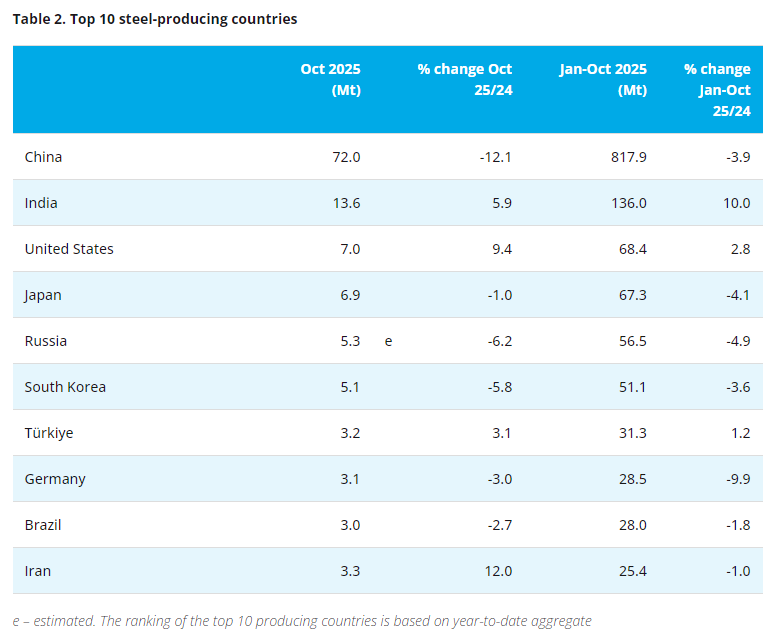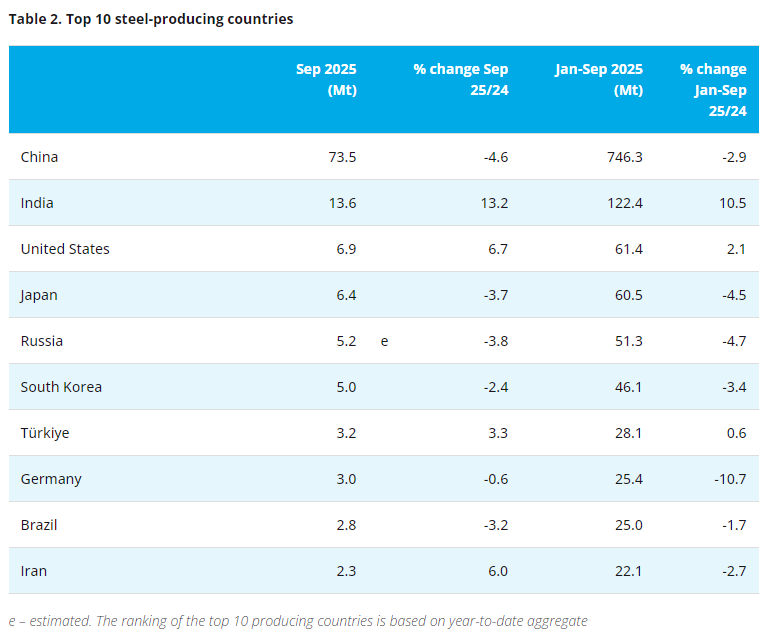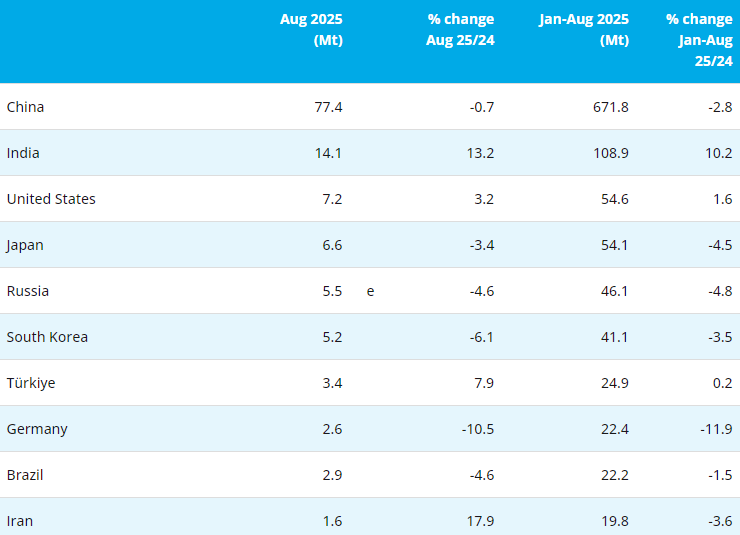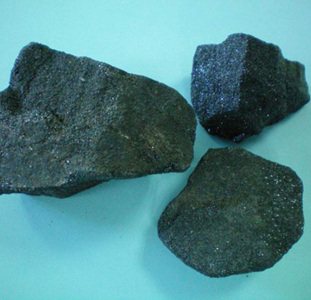[Ferro-Alloys.com] Jindal Steel Duqm, a subsidiary of the Naveen Jindal Group, plans to commence operations at its 5 million tonnes per annum (MTPA) hydrogen-enabled green steel complex in Oman’s Special Economic Zone at Duqm (SEZAD) by December 2028, a company executive announced. The $3 billion (approximately ?25,000 crore) project, developed in two phases, aims to be one of the world’s most advanced hydrogen-ready steel facilities, initially using natural gas with a transition to green hydrogen by 2033.
The complex will feature two 2.5 MTPA Direct Reduced Iron (DRI) modules, with the first operational by 2028 and the second by 2030, both engineered for hydrogen compatibility from the start. Jindal Steel Duqm has informed the Omani government of plans to inject 10–15% green hydrogen into the DRI process by 2035, phasing out natural gas as supply infrastructure matures. Green hydrogen will be sourced from renewable energy projects in Duqm, expected to be operational by 2033, aligning with Oman’s Vision 2040 for a green, circular economy.
Utilizing Electric Arc Furnace (EAF) technology and DRI, the plant will produce Hot Briquetted Iron (HBI) and DRI with an 85% lower carbon footprint than the global average, targeting demand from European steelmakers for low-emission materials in automotive, wind turbine, and consumer goods sectors. The project, under Vulcan Green Steel, is expected to save 12 million tonnes of CO2 annually and create over 2,000 jobs.
A 2022 Memorandum of Understanding (MoU) with Oman’s government and a land allocation agreement secured the project’s foundation, with construction beginning in November 2023 following a groundbreaking ceremony attended by Naveen Jindal and Omani officials. The facility, supported by a 600 MW solar plant and a partnership with Marafiq for utilities, positions Oman as a global hub for green steel and hydrogen industries.
Naveen Jindal-promoted Jindal Steel Duqm — the Oman-based entity — plans to operationalise the first phase of its hydrogen-enabled green steel plant in December 2028. The first phase will have a capacity of 2.5 million tonne per annum (mtpa) of green steel. And, the second unit, called DRI 2, is scheduled for commissioning by 2030, sources said.
The project will have an investment of ?25,000 crore ($3 billion) to be funded through a mix of debt and equity.
The plant will produce Hot Briquetted Iron (HBI) and direct reduced iron (DRI) with low carbon footprint primarily targeting the European markets.
Part of the Naveen Jindal Group, the Oman-based company is in the process of setting up the 5 mtpa hydrogen-enabled green steel complex in the Special Economic Zone at Duqm (SEZAD), Sultanate of Oman.
In 2022, the Group had signed a Memorandum of Understanding (MoU) and land allocation agreement with the Government of Oman.
SWITCH TO HYDROGEN
A senior company executive told businessline that the facility will initially run on natural gas but will be capable of switching to green hydrogen once the supply infrastructure matures.
As per initial plans, the integrated steel complex will consist of two DRI modules of 2.5 mtpa each.
“Both DRI units are engineered to be hydrogen-ready from the beginning,” the executive said.
Naveen Jindal Group is yet to respond to queries by businessline.
According to a person in the know, Jindal Steel Duqm has informed the Government of Oman that hydrogen will be injected into the DRI process as soon as regular supply is ready, and the equivalent amount of natural gas will be phased out.
Talks are on with investors and other stakeholders for securing “stable hydrogen supplies”.
The company expects to start hydrogen injection by 2033, with 10–15 per cent hydrogen usage targeted by 2035.
The green hydrogen required for this transition is expected to come from multiple renewable energy and green hydrogen projects being developed in Duqm by the Government of Oman and private investors.
PROJECT SPECIFICS
As per plans, the idea would be to have steel being produced with a carbon footprint of 600 kg of CO? per tonne (of the alloy produced), and this would be recognised as green steel.
The use of Electric Arc Furnace (EAF) technology in combination with the DRI route will allow for a more flexible and cleaner steel production model.
- [Editor:tianyawei]



 Save
Save Print
Print Daily News
Daily News Research
Research Magazine
Magazine Company Database
Company Database Customized Database
Customized Database Conferences
Conferences Advertisement
Advertisement Trade
Trade

















Tell Us What You Think